Enhancing Your Kitchen with a Ceiling Fan and Light Combo
The kitchen is often the heart of the home, where families gather to cook, eat, and socialize. A kitchen ceiling fan with a built-in light fixture can be a practical and stylish addition to this space, providing both air circulation and illumination. In this article, we’ll explore the benefits of installing a kitchen ceiling fan and light, considerations for choosing the right fixture, installation tips, and maintenance advice.
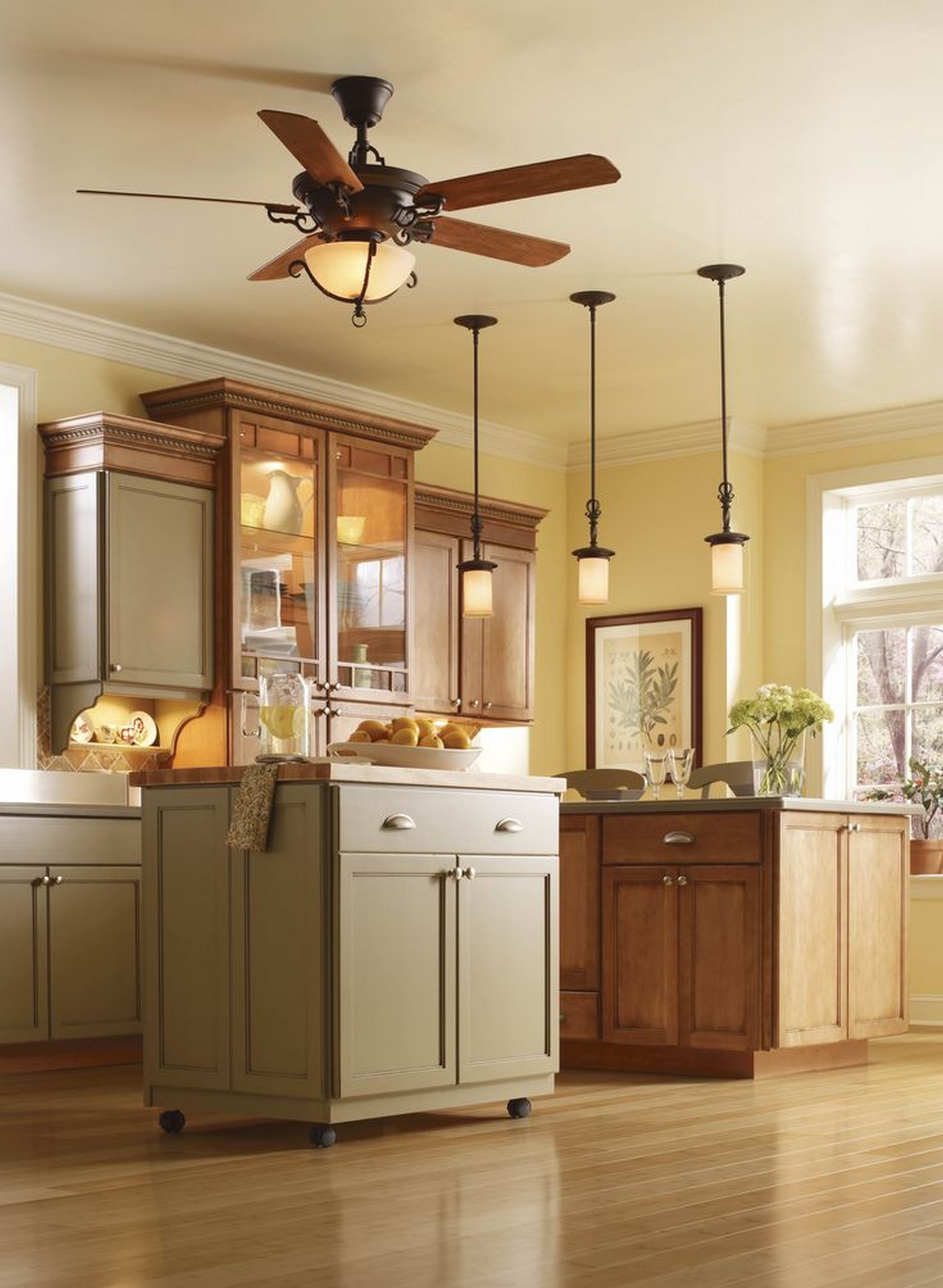
Benefits of a Kitchen Ceiling Fan and Light
A kitchen ceiling fan with a built-in light fixture offers several benefits that can enhance the functionality and comfort of the space. One of the main advantages is improved air circulation and ventilation. By circulating the air, a ceiling fan helps to regulate temperature and create a more comfortable environment, especially in kitchens where cooking can generate heat and odors.
Additionally, a ceiling fan with a light fixture provides overhead illumination, making it easier to see while cooking, chopping, and preparing meals. This can be particularly useful in kitchens with limited natural light or during nighttime hours when additional lighting is needed.
Furthermore, a kitchen ceiling fan with a light can help to reduce energy costs by providing both cooling and lighting in one fixture. By using the fan to circulate air, homeowners can reduce their reliance on air conditioning and lower their energy consumption. Additionally, using energy-efficient LED bulbs in the light fixture can further contribute to energy savings.

Considerations for Choosing the Right Fixture
When choosing a kitchen ceiling fan with a light, there are several factors to consider to ensure you select the right fixture for your space. One consideration is the size of the kitchen and the ceiling height. It’s essential to choose a fan with an appropriate blade span and mounting height to provide optimal airflow and clearance.
Another consideration is the style and design of the fan and light fixture. Ceiling fans come in a variety of styles, from traditional to modern, and with a range of finishes and features. Choose a fan that complements the existing decor and aesthetic of your kitchen.
Additionally, consider the functionality and features of the fan and light fixture. Look for features such as reversible blades, variable speed settings, and dimmable lights to customize the comfort and lighting levels in your kitchen.
Last, don’t forget to consider the noise level of the fan. Look for models with quiet motors and balanced blades to ensure minimal noise disruption while the fan is in operation.
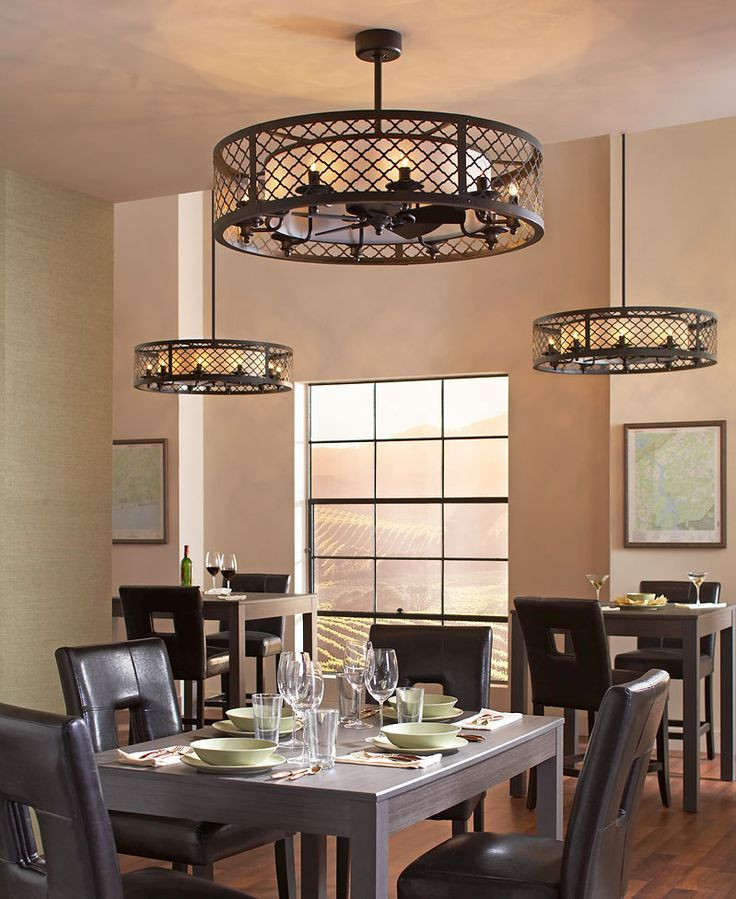
Installation Tips
Installing a kitchen ceiling fan with a light fixture can be a DIY project for homeowners with electrical wiring experience and the right tools. However, if you’re unsure or uncomfortable with electrical work, it’s best to hire a licensed electrician to ensure a safe and proper installation.
Before beginning the installation process, turn off the power to the existing light fixture at the circuit breaker to avoid electrical shock. Then, carefully remove the existing light fixture and disconnect the wires.
Next, follow the manufacturer’s instructions to assemble the ceiling fan and light fixture. Mount the fan to the ceiling using the included hardware and secure it in place according to the manufacturer’s specifications.
Once the fan is installed, connect the wiring according to the wiring diagram provided by the manufacturer. Use wire nuts to secure the connections and ensure they are tight and secure.
After the wiring is complete, attach the blades to the fan motor and install the light bulbs in the light fixture. Finally, turn the power back on at the circuit breaker and test the fan and light to ensure they are functioning properly.
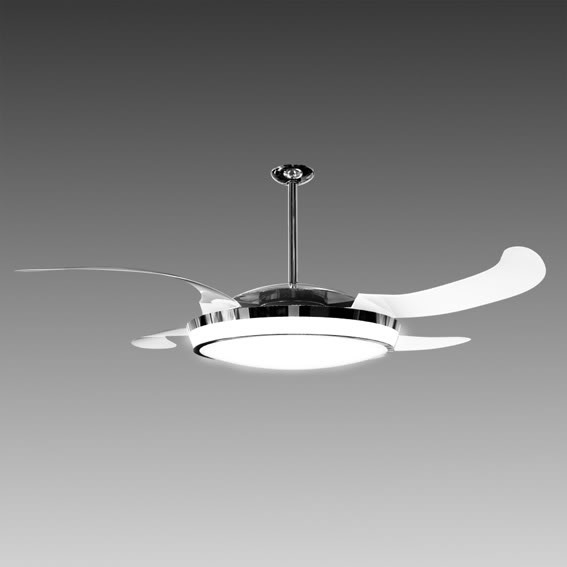
Maintenance Advice
Proper maintenance is essential to ensure your kitchen ceiling fan and light fixture continue to operate efficiently and effectively. Regularly clean the fan blades and light fixture to remove dust, dirt, and debris that can accumulate over time and affect performance.
Additionally, check the fan motor and light fixture for any signs of wear or damage, such as loose screws, frayed wires, or rust. Address any issues promptly to prevent further damage and ensure safe operation.
Furthermore, lubricate the fan motor bearings annually to keep the motor running smoothly and quietly. Use a few drops of lightweight household oil on each bearing to lubricate them properly.
Last, periodically check the balance of the fan blades and adjust them as needed to minimize wobbling and vibration. Use a balancing kit, which typically includes clip-on weights, to balance the blades and improve performance.

Common Mistakes to Avoid
When installing a kitchen ceiling fan and light fixture, there are several common mistakes to avoid to ensure a successful outcome. One mistake is failing to turn off the power at the circuit breaker before beginning the installation. Working with live electrical wires can be dangerous and can result in electrical shock or injury.
Another common mistake is not properly securing the fan and light fixture to the ceiling. It’s essential to use the appropriate hardware and follow the manufacturer’s instructions to ensure the fan is securely mounted and stable.
Additionally, failing to properly connect the wiring during installation can result in electrical issues or a malfunctioning fan and light fixture. Take the time to carefully follow the wiring diagram provided by the manufacturer and ensure all connections are tight and secure.
Furthermore, neglecting to clean and maintain the fan and light fixture regularly can lead to reduced performance and premature failure. It’s important to clean the fan blades and light fixture periodically to remove dust and debris and address any maintenance issues promptly.

Can I install a kitchen ceiling fan and light fixture myself?
Installing a kitchen ceiling fan and light fixture can be a DIY project for homeowners with electrical wiring experience and the right tools. However, if you’re unsure or uncomfortable with electrical work, it’s best to hire a licensed electrician to ensure a safe and proper installation.
What size ceiling fan should I choose for my kitchen?
The size of the ceiling fan you choose for your kitchen depends on the size of the space and the ceiling height. Measure the square footage of the room and choose a fan with an appropriate blade span for optimal airflow.
Can I use a dimmer switch with a kitchen ceiling fan and light fixture?
Yes, you can use a dimmer switch with a kitchen ceiling fan and light fixture as long as the fan and light are compatible with dimmer switches. Look for models that feature dimmable lights and follow the manufacturer’s recommendations for compatible dimmer switches.
How do I clean and maintain a kitchen ceiling fan and light fixture?
To clean and maintain a kitchen ceiling fan and light fixture, regularly clean the fan blades and light fixture to remove dust and debris. Additionally, check the fan motor and light fixture for signs of wear or damage and lubricate the fan motor bearings annually.
Can I use a kitchen ceiling fan and light fixture in other rooms of the home?
Yes, you can use a kitchen ceiling fan and light fixture in other rooms of the home, such as the living room, bedroom, or dining room. Choose a fan and light fixture with a style and design that complements the decor of the room.
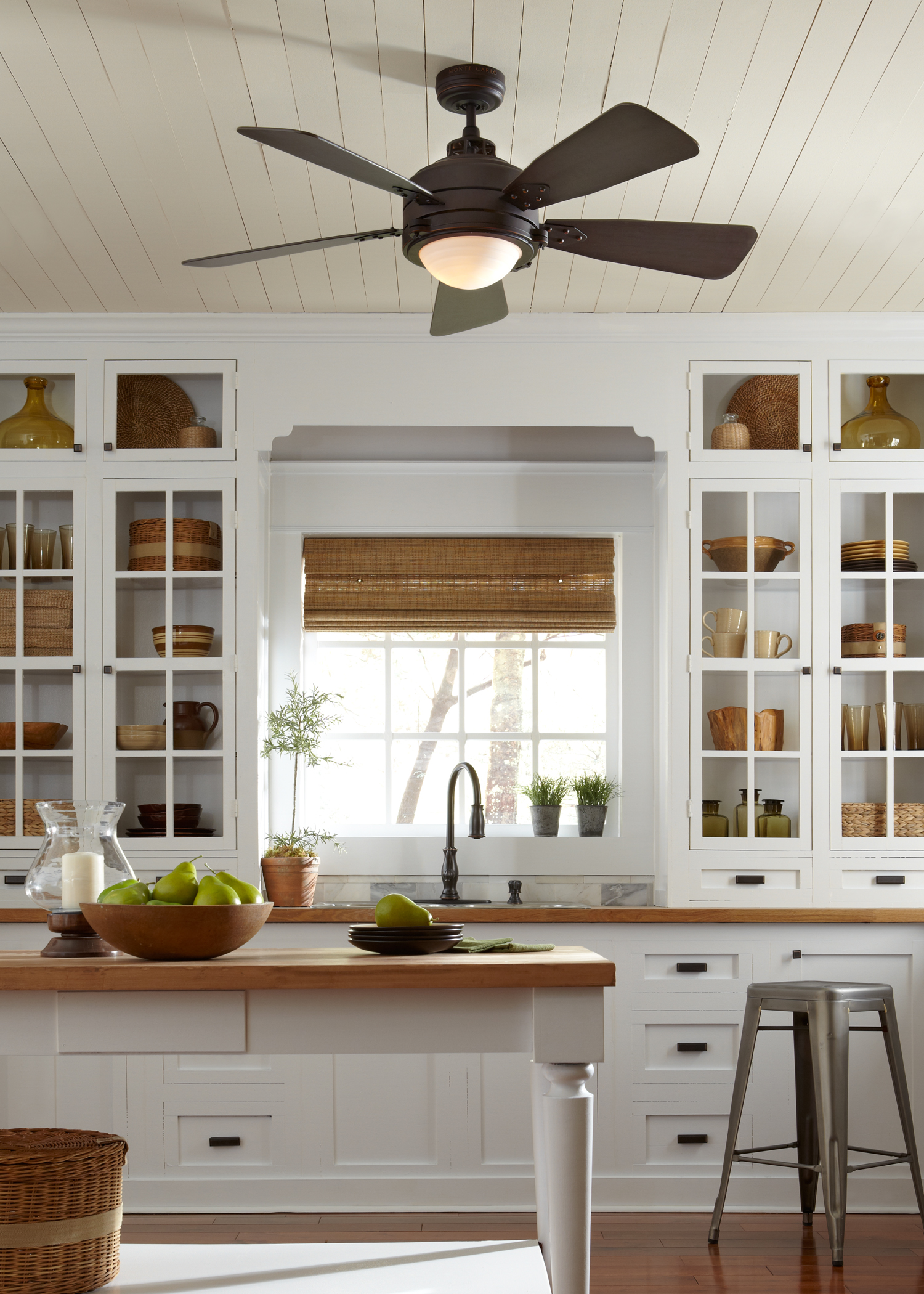
Best Kitchen Fans for Bay, Ceiling fan with remote

Chandelier Ceiling Fan Combo – Decor Ideas

Ways to Improve Kitchen Lighting
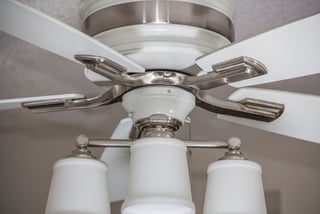
Kitchen Lighting – Under Cabinet Lighting 1STOPlighting

Gorgeous Philips Hue Light Set Ups – Hue Home Lighting
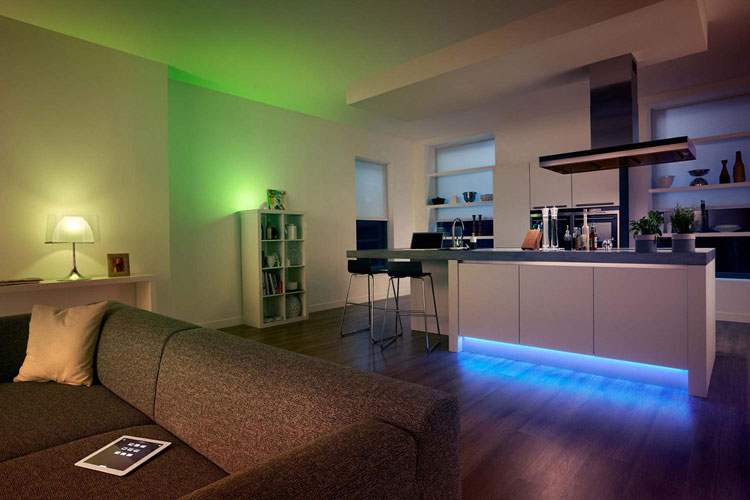
ceiling rail lights – Google Search Ceiling lights, Ceiling track lighting, Ceiling light shades

Ceiling and Exhaust Fan Installation in DE & MD All American Electric

Related Posts:
- Modern Kitchen Lighting Ideas
- Stylish Modern Fluorescent Kitchen Ceiling Light
- How To Install Led Lights In Kitchen Ceiling
- Kitchen Uv Light
- How To Put Lights Under Kitchen Cabinets
- Antique Kitchen Lighting Ideas
- Installing Pendant Lights Over Kitchen Island
- How To Install Pendant Lights Over Kitchen Island
- Where To Place Recessed Lights In Kitchen
- Linear Suspension Kitchen Lighting